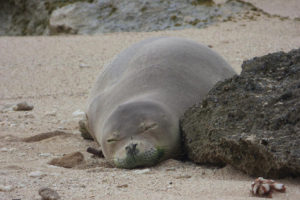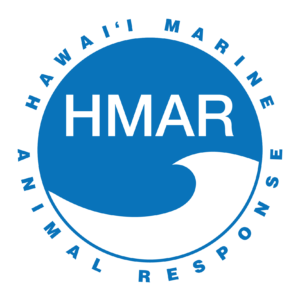What Do Hawaiian Monk Seals Eat?

- Hawaiian monk seals are “generalist” feeders, which means they eat a variety of foods depending on what’s available.
- They eat many types of common fishes, squid, octopus, eels and crustaceans (crabs, shrimp and lobster). Diet studies indicate that they prefer prey that is easier to catch than most of the locally popular game fish (e.g. ulua, papio and oio). Hawaiian monk seals have never been observed hunting pelagic fish, such as mahi-mahi, ahi, aku, etc.
- Monk seals are primarily “benthic” foragers (bottom feeders), eating a variety of prey including fish, cephalopods, and crustaceans. Their diet varies by location, sex, and age. Monk seals generally hunt for food outside of the immediate shoreline areas in waters 60-300 feet (18-90 m) deep. Monk seals are also known to forage deeper than 1,000 feet (330 m), where they prey on eels and other benthic organisms.
Support our Latest HMS Program Graduates


With funding provided by Hawai‘i Tourism through the Aloha ‘Āina Program, we’re pleased to announce completion of our Hawai’i Marine Stewards (HMS) Program training by many of O’ahu’s forward-thinking organizations listed below. These organizations know the importance of sustainable commercial operations and how critical it is to support Hawai’i’s protected marine species. They have joined our growing list of Oʻahu organizations that have taken advantage of our free HMS educational program.
Taking advantage of our HMS program shows the public that an organization is committed to the preservation of Hawai’i’s protected marine species, values employee training, supports customer education and the importance of continual business improvement. For more information about the free Hawai’i Marine Stewards Program and how you can participate, drop us a quick email HERE.
Recent Graduates:
How We’re Hurting Endangered Monk Seals
· By Nathan Eagle read the full article at Civil Beat
Nihoa had a bad week.
First it was a startling mylar balloon that was blowing down the beach on Oahu’s North Shore. Then a 25-foot boat unexpectedly came ashore after breaking its mooring. To top it off, she had to bite an off-leash dog in the butt to protect her pup, who’s just a few weeks old.
Scientists know this 400-pound critically endangered monk seal as R912, but volunteers with Hawaii Marine Animal Response fondly call her Nihoa. They ask that her specific location not be divulged.
Volunteers and scientists alike are worried that all of these preventable human interactions may cause her to abandon her pup. There are only about 1,300 monk seals left in the world.
“This past week was a pretty good snapshot in time of what these animals face,” said David Schofield, who coordinates the Marine Mammal Health and Stranding Response Program for the National Oceanic and Atmospheric Administration’s Protected Resources Division.
Monk seal mothers generally rear their pups for just six to seven weeks before sending them off on their own. They spend these days nursing and teaching them life skills, like how to forage for food.
“This is a very important time,” Schofield said.
Jon Gelman is president of the nonprofit Hawaii Marine Animal Response (HMAR), which includes a team of roughly 100 volunteers on Oahu who help monitor the seals and report incidents to NOAA.
On a recent Friday morning, Gelman was checking up on Nihoa along with Don Porter, who has volunteered for the alliance for a decade and serves as a board member.
“These are very dedicated, specially trained folks who spend many hours a day helping these animals,” Gelman said, adding that more volunteers are sought.
The volunteers don’t enforce laws — that’s left to state and federal officers — but they do work to educate the public about preventable disturbances and other aspects of the seals’ behavior.
Schofield said it’s important for people to consider how their decisions and actions can impact endangered species, whether it’s releasing balloons or lanterns into the air, not properly anchoring a boat or letting dogs roam free in areas known to have monk seals. In the case of dogs, it’s as much as about protecting pets as seals.
“These are things you can control,” he said.
Nihoa appeared in good shape during the visit. She took her pup through a small shore break, fended off an interested male monk seal and then hauled out on the beach to nurse.
To report a monk seal sighting, call 220-7802. Visit h-mar.org to learn more.
EDITORS NOTE: Sadly, the seal in this story, R912 (Nihoa), was found dead on the north shore of Oahu on Sept. 23, 2016. A necropsy was performed but no definitive cause of death has been determined.
























